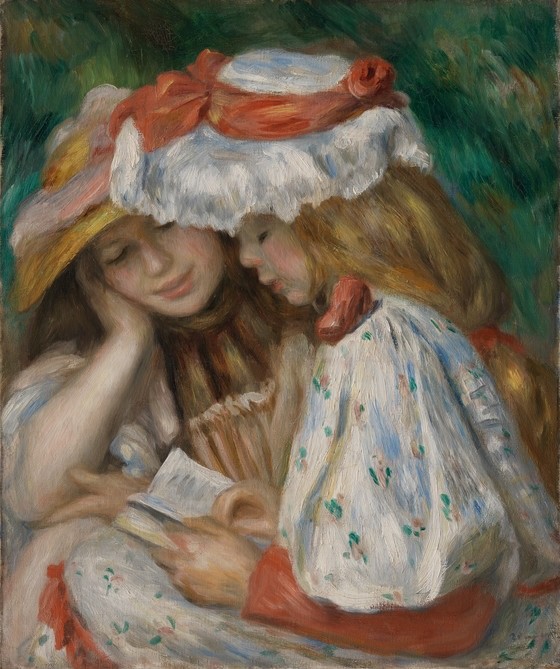Teacher question:
I am looking for some clarification on the guided reading discussion. It would seem by many that you are saying that students do not need to work at their “instructional” level while learning reading skills and strategies. What I think you are saying is that once they are beyond decoding text up to a second grade reading level it is no longer necessary to do this. Sounds like once they get here they are reading and they can then move on to being taught comprehension using more complex text with teacher guidance. Is this what you mean? Or are you in fact saying that leveled guided reading of all sorts is not effective? Should students in K and 1 not worry about comprehension at their instructional level and just work with guidance and support from a teacher through higher more complex text? If so, at what point do we begin to understand what they can actually do on their own?
Shanahan response:
Good questions. I hope I can clarify. Let’s try this:
Text difficulty matters a lot with beginning readers. They have to figure out the decoding system and much of this knowledge comes from abstracting patterns from the words they read. By keeping text relatively easy early on, we make it easier for them to figure out the code. Thus, guided reading and other schemes for nurturing beginning readers and bringing them along step-by-step through increasingly difficult text levels make a lot of sense. Definitely use them with beginners.
Once kids reach about a beginning second-grade decoding level, we don’t need to be as scrupulous about text difficulty. Students can learn from a pretty wide range of difficulty levels, and text difficulty is not a reliable predictor of student learning.
If the issue is teaching reading, then matching text complexity with student reading levels is NOT the issue. That’s where guided reading and similar schemes go wrong.
Placing students in more challenging books is a good idea because it increases opportunity to learn (there is more to figure out in challenging texts). This is important since our kids do not read effectively at high enough levels.
But just placing students in more challenging text makes the same error that guided reading did; it just replaces an over-reliance on one kind of text-student match with another. Increases in text difficulty levels need to be coordinated with increases in the amounts and quality of scaffolding, support, encouragement, and explanation provided by the teacher. If a text is relatively easy for students, as with a traditional guided reading match, then they won’t require much instructional support with that text (though there won’t be much to learn from such texts either). But if the text is relatively difficult for students, teachers will need to be a lot more energetic in their teaching responses.
There is more to be learned from challenging texts, but this means that there needs to be a lot more teaching with such texts. Instead of asking what book level to teach someone at, teachers should ask, “If I place a student in a book this challenging, how much support will I need to provide to enable him/her to learn from this text?"







Comments
See what others have to say about this topic.